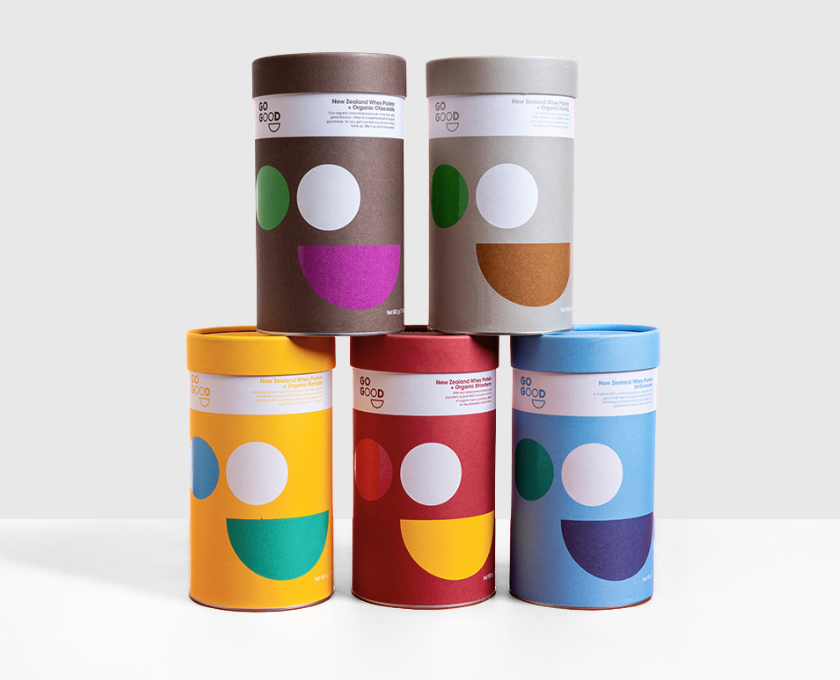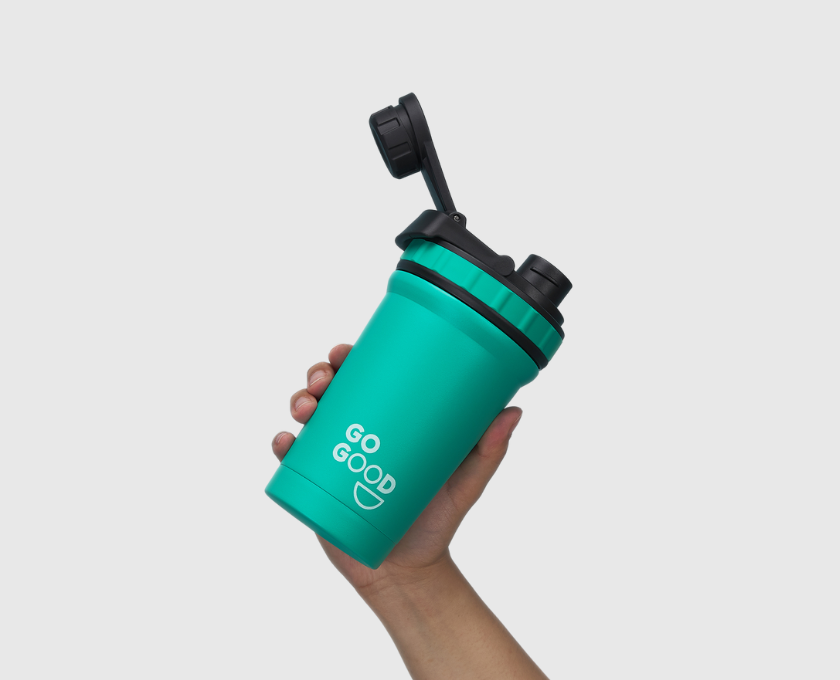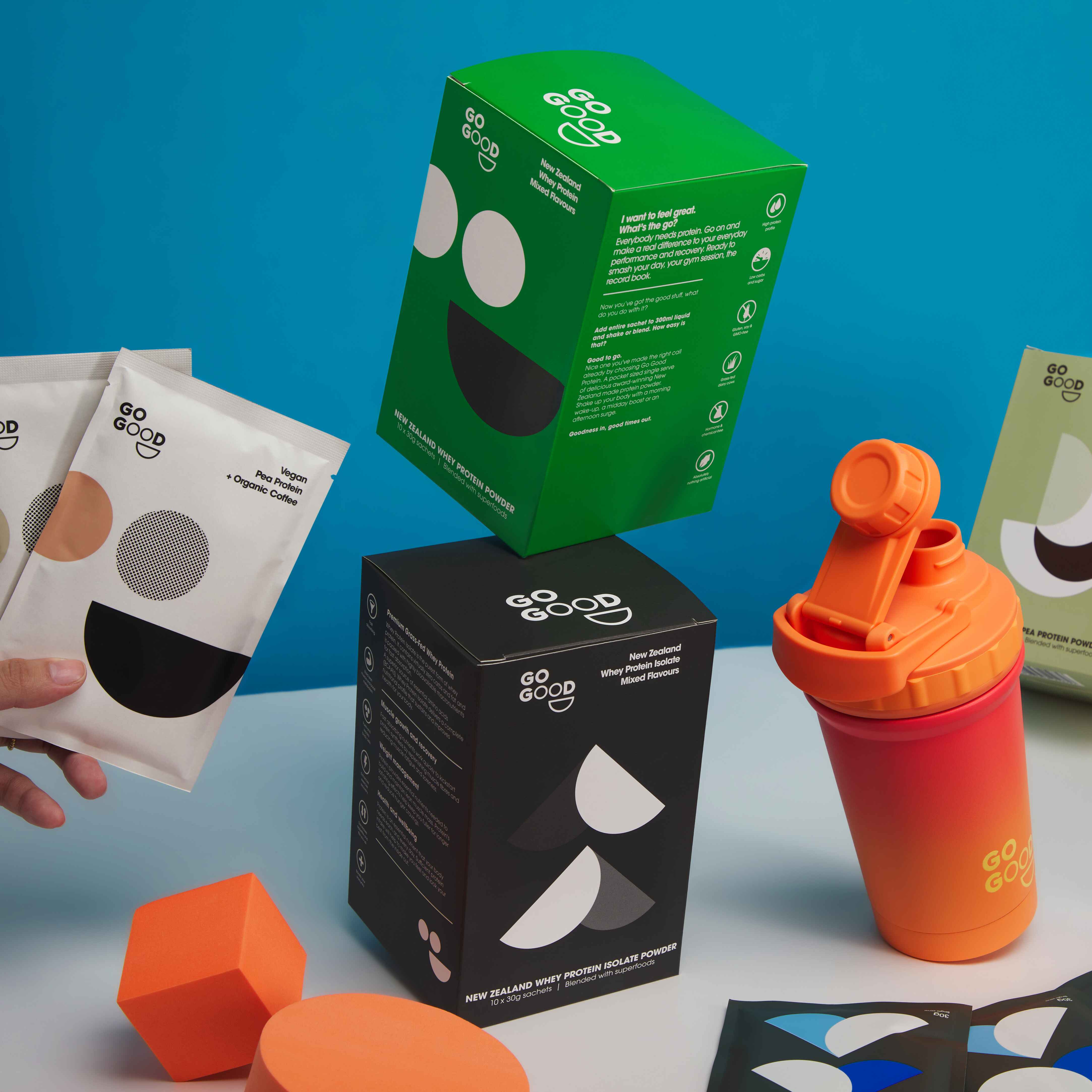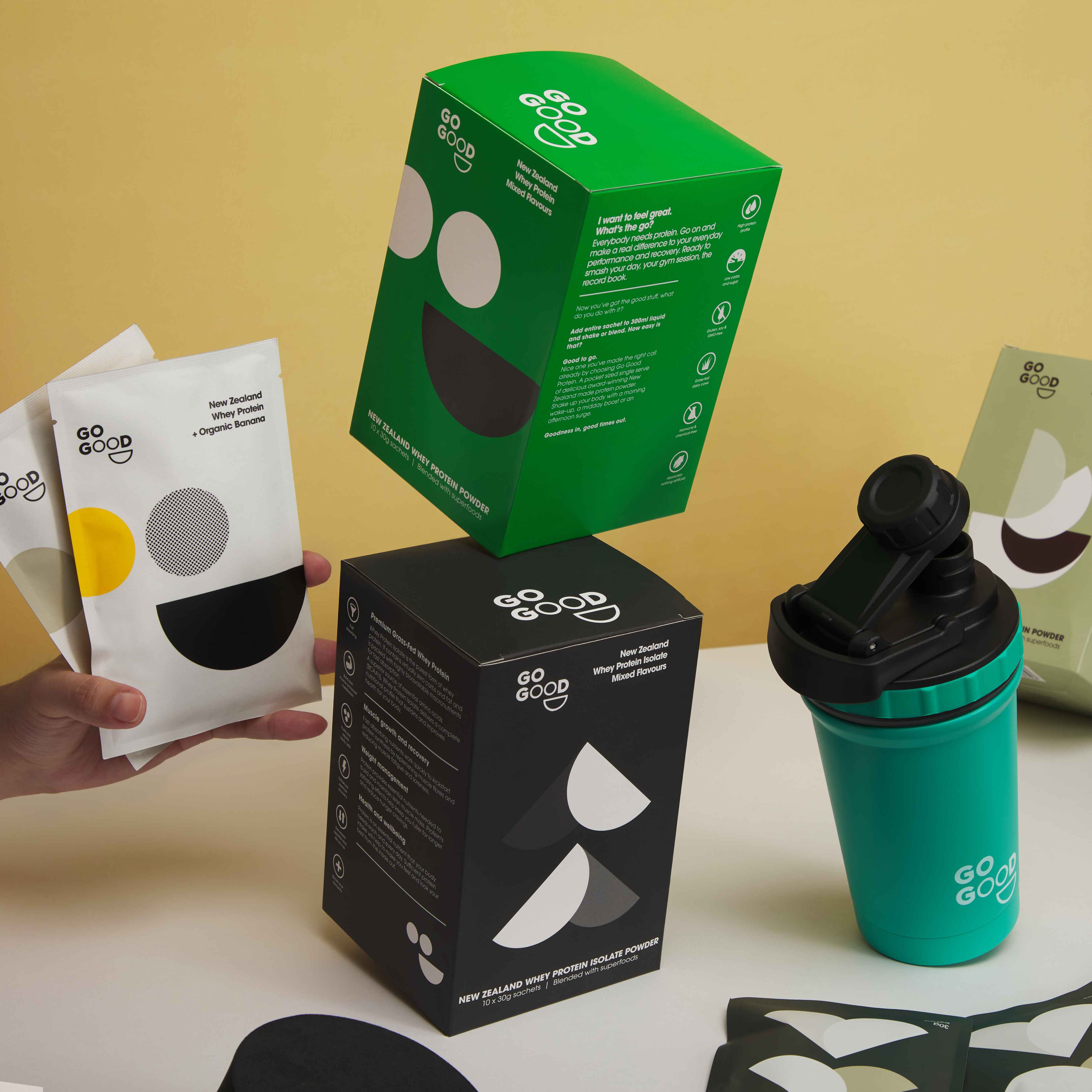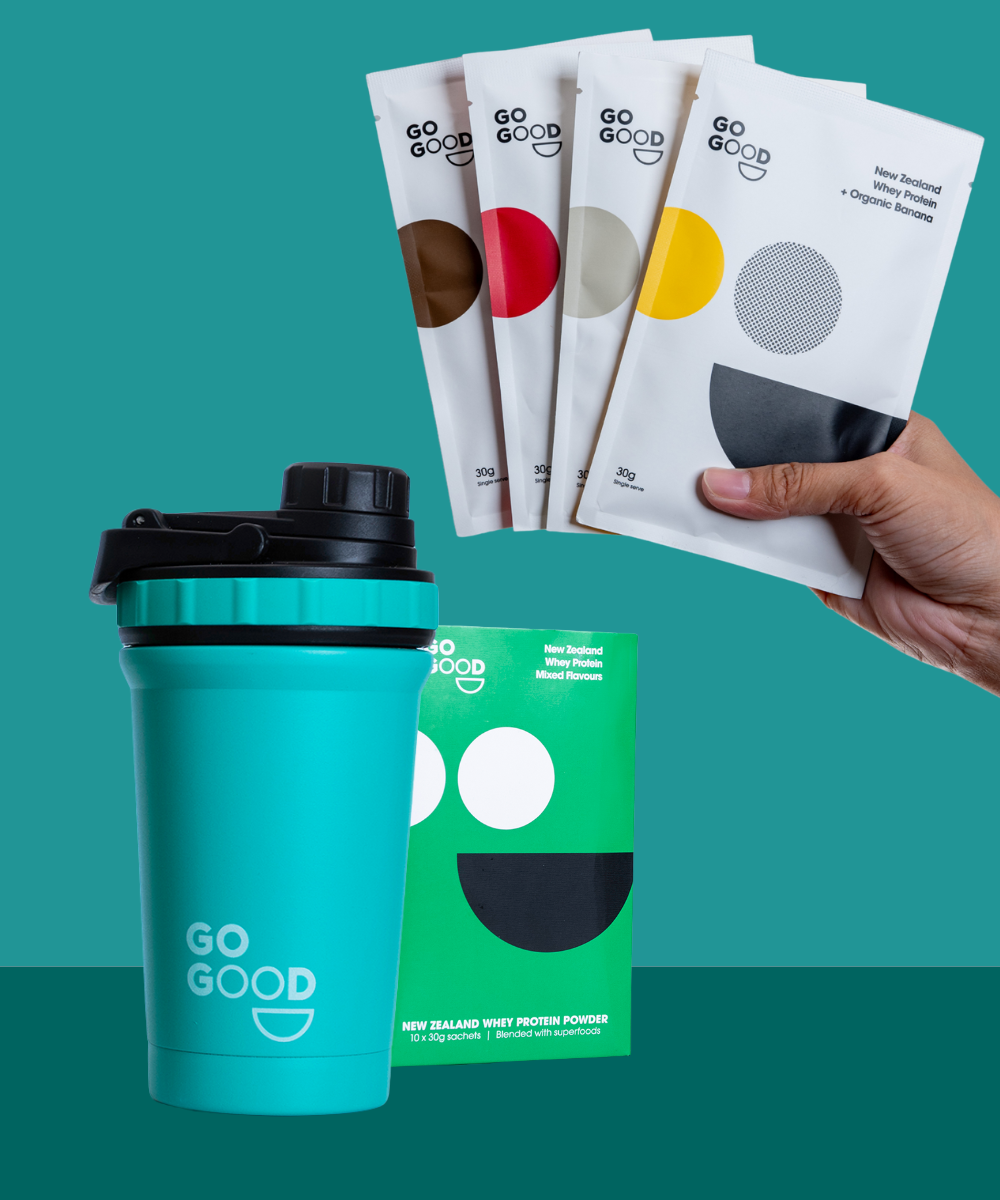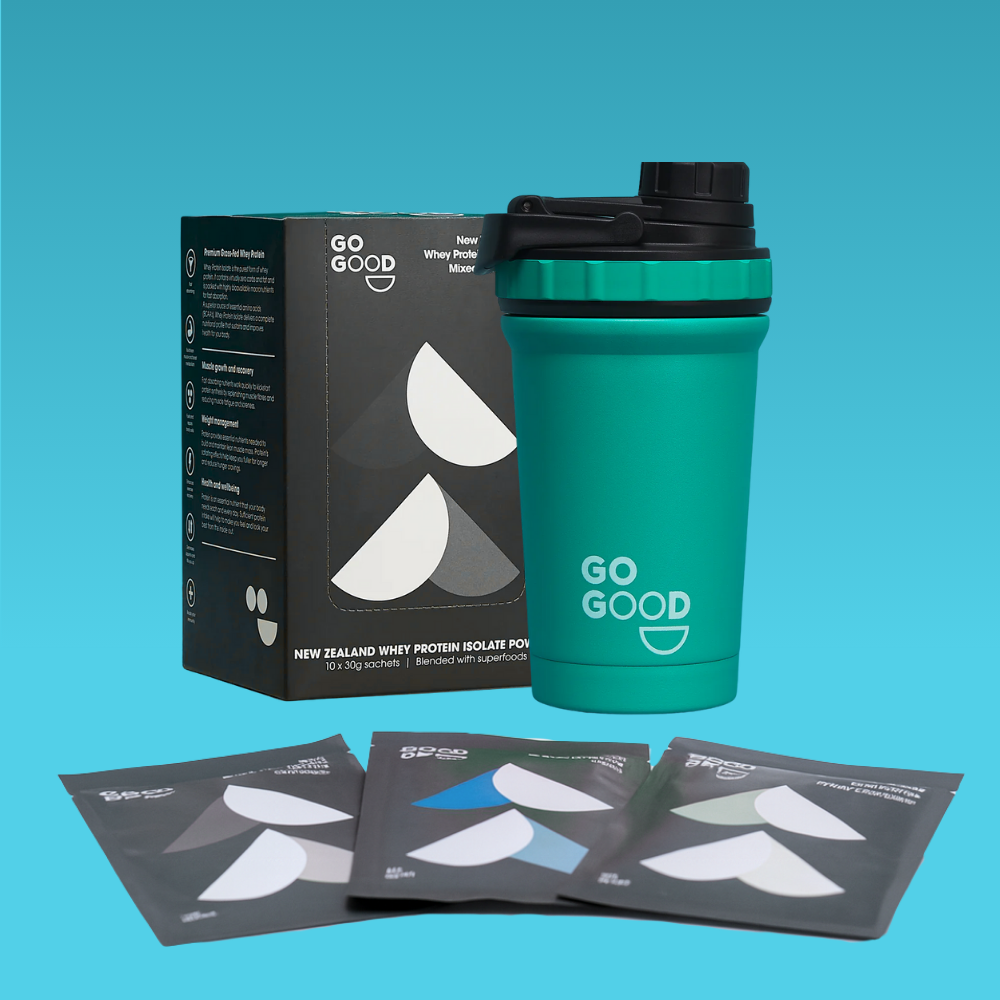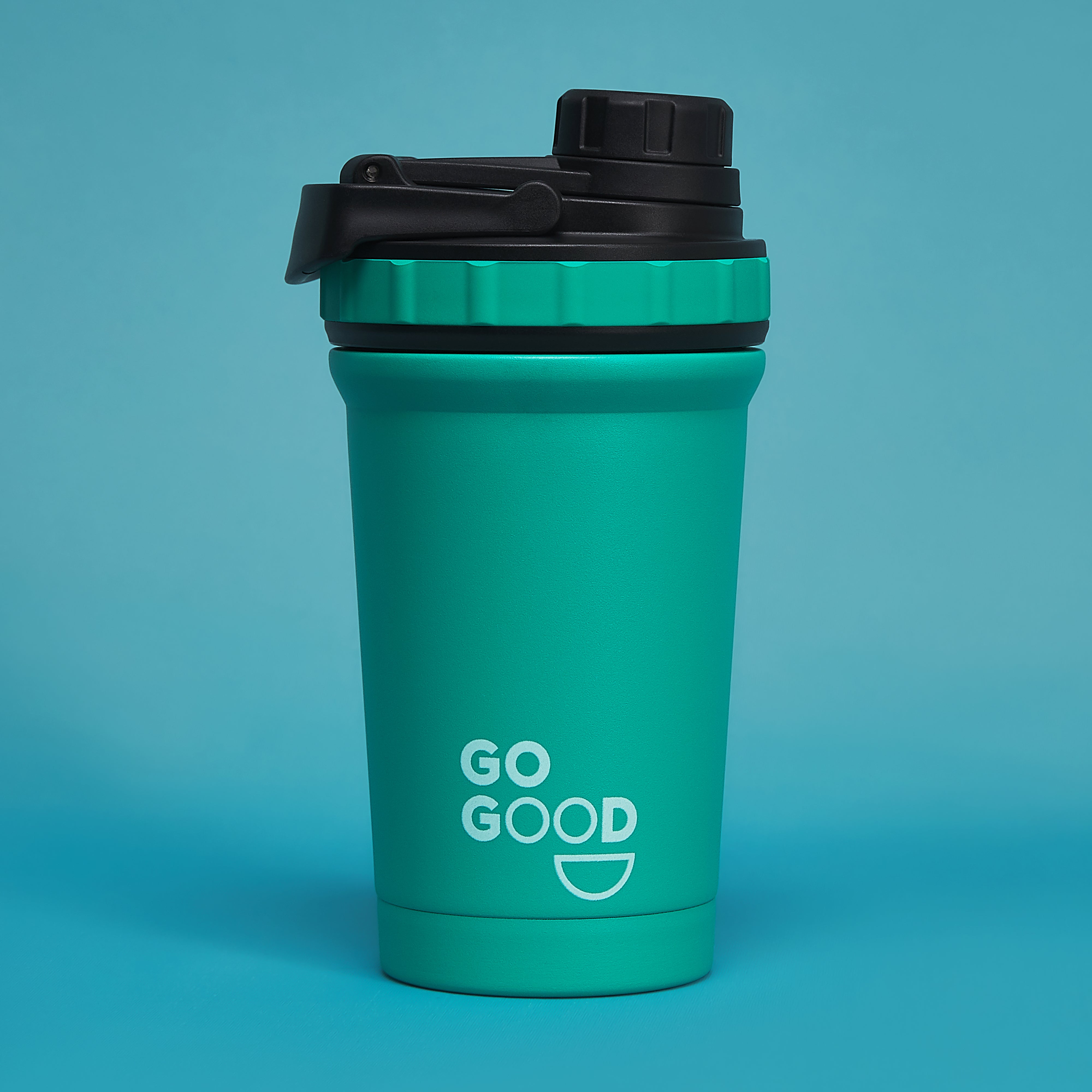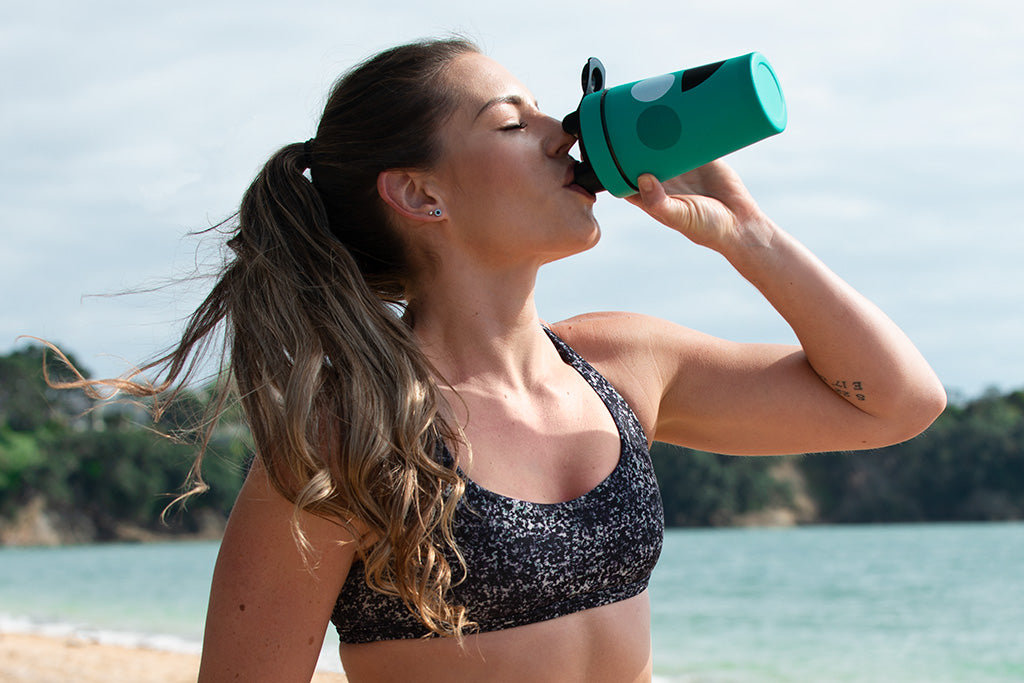High-intensity interval training or “HIIT” workouts are proven to be one of the most efficient methods when it comes to increasing overall fitness, lose weight and build lean muscles. This popular workout alternates bursts of intense unsustainable physical effort followed by quick rest periods. Because the work intervals are so intense, done at 80 to 90 per cent of your maximum heart rate, you gain similar fitness benefits in a shorter amount of time than you would during a longer endurance workout. Studies show that his type of intense training causes a sort of metabolic disturbance which can result in the body burning calories at a higher rate up to 48-72 hours later. HIIT can even increase metabolism, cut back insulin resistance, improve heart function, produce faster gains in endurance levels than steady state cardio training.
HIIT workouts are more challenging and strenuous than classic steady-state endurance workouts. F45 or CrossFit sessions will dig deep into your energy stores, using both the anaerobic and aerobic energy channels. This means the body needs both energy and nutrients to perform and recover from the effort.
If you want to harvest all the benefits HIIT can procure, know that what you do outside of the gym - mainly in your kitchen - is important, too. Giving your body the correct fuel before and after workouts can help you maximize your training, and help you show up in the best condition for success week on week. The truth is that nutrition choices can have a compelling impact on how your workout makes you feel, and the impact your exercise has on your body.
WHAT TO EAT BEFORE A HIIT SESSION?
Due to the intensity of CrossFit WODs or F45 circuits, it’s crucial to follow a healthy nutrition plan with suitable nutrition in the hours leading up to the action. You need to fuel up your tank so you can give your best. If you don’t eat before HIIT, you may feel sluggish and lightheaded; you experience lethargy as a result of low blood sugar, which could diminish the impact of your workout. Eating right will help get you through your jam and should stop you from feeling ill. Going through a workout with an empty tummy isn’t recommended as it also tends to put more stress on your body.
Finally, the intensity of HIIT can cause muscle loss if the body doesn’t have the nutrients to support it, which defeats the whole purpose of working out!
Before you shake up your body with HIIT, you need food-fuel. The goal is to be stocked full of energy, but not a heavy stomach.
HIIT is without a doubt the one training method that is impossible to handle without some carbs to pull strength from. For pre-workout, you should focus your nutrition mostly on carbs. Carbohydrates are the primary source of quick-burning energy that helps activate your muscle groups. Carbohydrates are transformed and saved by your body as glycogen in your muscle and liver. Glycogen stored in your muscles is the main source of energy during HIIT exercises. When all glycogen has been used, blood sugar levels crumble, we start to feel fatigue. That’s when we “hit the wall.” At that point, not only you’ll feel draggy but if you keep moving at high-intensity with no glycogen to burn, your body will then start to tap into some of the muscle tissue we’ve worked so hard to build to create energy.
Also, make sure you add in some protein to your pre-workout meal. Protein can help prime your muscles for intense exercise. Finally, whatever you eat, favour something that is light and can be quickly and easily digested by your body.
Plan to eat a healthy meal three to two hours before HIIT, otherwise, the energy guided toward digestion could limit your performance. You can have a small snack in the last 60-30 minutes. Good options include:
- Banana and a handful of nuts
- Protein Smoothie (ex: one banana, one scoop Go Good protein powder, 1 cup almond milk)
- Peanut butter on whole wheat toast
- Hummus and pita bread
- Greek yogurt topped with granola or berries
- Hard boiled eggs, etc.
HOW TO REFUEL AFTER A HIIT WORKOUT?
Stay away from the idea that your workout gives you ultimate license to indulge in your favourite treats.
After a workout, the body urges to replenish glycogen stores emptied while training, meaning you have to eat something nutritious. Protein and Carbs are equally crucial - if not more - after a HIIT session than before. Whatever quantity of carbs you ingest, your body can only store a certain amount of glycogen in your muscle and liver before it’s converted to fat (respectively 280g and 100g for a regular person, the equivalent of 2,000 calories), and rather quickly goes through all its reserve during arduous exercise. You’re likely to reach depletion within your 45 minute HIIT session. You will know it because your body won’t be able to push through an extra rep… Carbs are essential in the process of recovery. Carb-containing foods restore glycogen most effectively and after depletion, you can expect to be fully refuelled after 24 hours.
In a HIIT session, the intensity you’re training at is also going breaks down muscle tissue, create micro-tears in muscle fibres which are mainly made of protein. This means you will need protein after a workout to help repair and rebuild damaged muscles.
For the best results, within a 30-45 minute window, eat mostly carbs with protein after your HIIT session. Aim for a 3-to-1 carbohydrate-to-protein ratio. This combination gives the muscles exactly what they need to heal, which may improve performance in your next workout.
Timing is an important factor. It is important to provide your body with all the amino acid it needs to repair damaged muscle shortly after the end of your workout when protein synthesis efficiency is at its best.
Try these post-workout meal ideas:
- Protein shake or smoothie
- Turkey on whole grain bread with sliced tomatoes
- One cup of low-fat chocolate milk
- Hummus with sliced veggies
- Chicken wrap, etc.
Passing on post-workout nutrition can have many consequences. Some of these include fatigue, increased soreness, DOMS and low blood sugar levels which can result in dizziness and other symptoms.
When it comes to recovery, when you eat seems to be just as vital as what you eat. The sooner you eat after a workout the better for muscle recovery. Strive to eat shortly after your HIIT session. Protein shakes are great because protein powders are, well, protein-rich, convenient on the go, and fast absorbing, meaning that your body gets all the nutrients it needs to repair and grow muscle when the protein synthesis process is at its peak.
Avoid fatty and salty foods during this time. Fats slow down our metabolism – yes, the very metabolism you just worked so hard to raise, and salt will lower potassium levels while this important electrolyte is already rarified after a workout.
HYDRATE!
Always drink loads of water. Good hydration is a must for HIIT. You should drink enough fluids before, during and after workouts. If you’re active for 60 minutes and more, think about having a sports drink to reset levels of lost electrolytes. Electrolytes are lost in vast quantities through sweat during exercise. That include sodium and potassium which play an important role in the regulation of water balance in the body and the acid-balance in blood and tissues. Choose your sports drink wisely though, avoid those laden with sugar.
TAKE HOME MESSAGE
Remember that when it comes to fueling for workouts, everyone’s needs are different. Your nutrient needs depend on the duration and intensity of your HIIT sessions. The longer your train for, the higher your calorie needs will be, so plan accordingly.
Eating something nutritional before your high-intensity session is necessary in order to maximize weight loss and muscle growth. Combining a protein-rich snack and some carbs will provide you with the very important energy you need. Without the boost from a snack, you run the risk of your body converting muscle to energy which is the opposite result any of us hope to gain from HIIT!
FEATURED PRODUCT
Organic Chocolate Whey Protein Powder
- Improve your muscle recovery and repair
- Easy to digest - Gluten, Soy and GMO-free
- Boost your immunity and help build lean muscle

